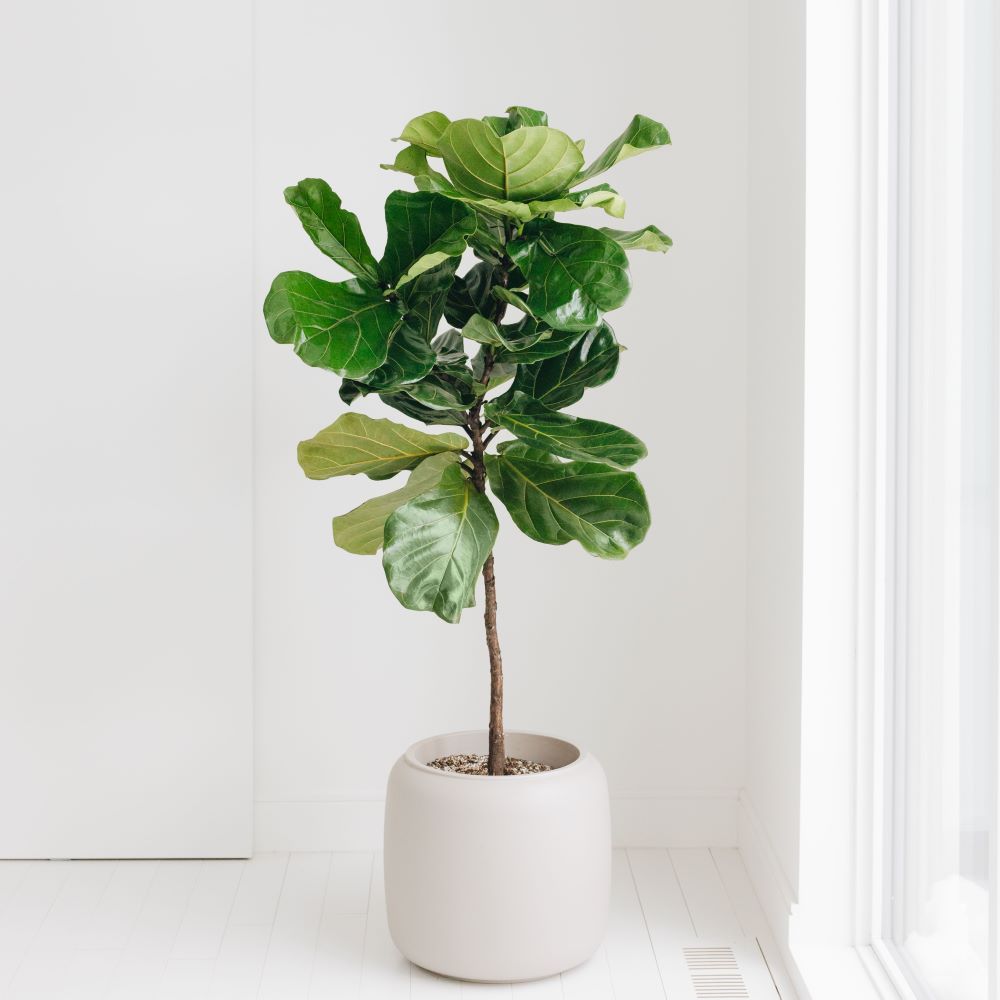Fiddle Leaf Fig trees (Ficus lyrata) have become a popular choice among houseplant enthusiasts for their striking appearance and relative ease of care. With their large, fiddle-shaped leaves and elegant silhouette, these tropical plants can add a touch of sophistication to any indoor space.
Origin and Characteristics
Native to the rainforests of West Africa, Fiddle Leaf Figs are known for their impressive height, which can reach up to 10 feet indoors. Their glossy, dark green leaves are characterized by their distinctive shape, resembling the neck of a fiddle. These plants thrive in bright, indirect light and prefer consistently moist but not soggy soil.
Care Tips
While Fiddle Leaf Figs are considered relatively low-maintenance, there are a few key factors to consider for optimal growth and health:

Light:
Watering:
Humidity:
Temperature:
Fertilizing:

Repotting:
Common Problems and Solutions
Yellowing Leaves: This can be caused by overwatering, underwatering, or low light. Adjust your watering schedule and ensure the plant receives adequate light.
Fiddle Leaf Fig Varieties
While the most common Fiddle Leaf Fig variety is Ficus lyrata, there are a few other cultivars available:

Ficus lyrata Bambino: This compact variety is ideal for smaller spaces.
Ficus lyrata Variegata: This cultivar features variegated leaves with white or cream-colored markings.
Ficus lyrata Burgundy: This variety has deep burgundy-colored leaves.
In conclusion, Fiddle Leaf Figs are stunning houseplants that can add a touch of elegance to any home. By providing proper care and attention, you can enjoy the beauty of these tropical plants for years to come.





:max_bytes(150000):strip_icc()/how-to-grow-and-care-for-lemon-verbena-4690675-hero-b68eb790170741e1a05d9e366a20b47c.jpg?w=200&resize=200,112&ssl=1)